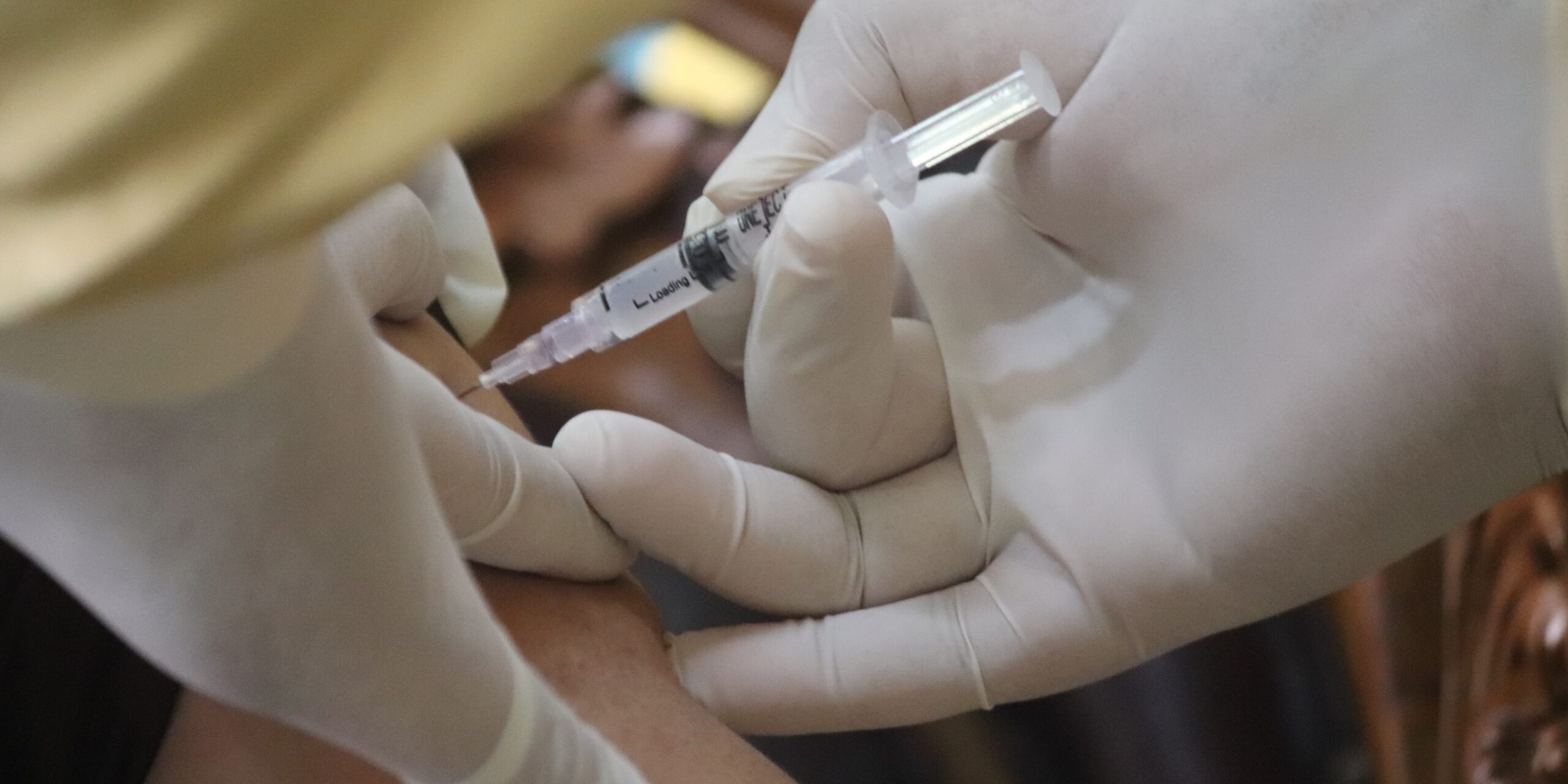
What levelled production has to do with product costing
FEATURE – What does levelled production have to do with product costing? This article explains how getting your accountants to understand this link can help your company become less complex, more efficient and profitable.
Words: Ian Glenday, lean coach and author
In this series on levelled production, we are discussing how fixed repetitive schedules over 6 to 8 cycles enable us to create stability – the basis for achieving sustainable continuous improvement and standards. The Glenday Sieve analysis showed you how to start fixed cycles by focusing on the “greens” with their high volumes and low demand variability, which can be easily absorbed in inventory buffer tanks to protect the fixed schedules. What is left after the “greens” are planned into fixed repetitive cycles is the “reds.” You may have read the article Want to be like Toyota? Stop making the reds: a great sentiment, one many would agree with, but a very difficult outcome to actually achieve in many companies.
One of the problems with “red” products is that the current product costing system (as its name suggests, product costing is the method used to determine the cost of a unit of production) will often show that these items are profitable, and therefore worth making and selling. The reason this happens is that, first of all, total fixed costs are divided by total units sold – each unit gets the same allocation of fixed costs. Yet, most people believe green items are easier to manage than red ones – they need less effort to plan, make and sell. Secondly, when green and red items are made with the same equipment, the average efficiency of the line is used in the costing – without taking into account the fact that green and red items might actually have different efficiencies or that changeover times are often disproportionately higher for red SKUs.
What is needed is a more accurate way to determine what the reds really cost.
At one company I worked with that had implemented green and red streams, senior managers complained that the improvements in output rates on the production line had not been as good as expected. The factory ran both green and red products on the same line – a normal practice in many sites. They had seen outputs go up considerably on the days they ran green SKUs, but efficiencies had gone down on the days they ran the red codes. Overall efficiency had gone up – just “not as much as we hoped for.”
This should be no surprise. What they were seeing was what they already subconsciously knew: bigger-volume products tended to run better than the smaller-volume ones. The settings for optimum running are better understood and more easily agreed by people for the frequently run bigger items than the infrequently run smaller ones. Also, time lost to ramp-up and clean was disproportionally higher with the smaller items. Most companies, however, measure efficiency as an average across the week, indeed across several weeks to get a demonstrated efficiency figure – and that is what is used in product costing. With batch logic, we might still recognize this problem but there is nothing we can do about it because we never really know when a particular product will be made. Each week has a different plan with the greens and reds mixed up – and then the plan changes often. Separating the differences in efficiencies is indeed very difficult to achieve.
With fixed green and red streams one does know when the different products will be manufactured, and the efficiency for each of them can be measured separately. This can be used as a basis for costing the product. Normally, accountants are not too enthusiastic about this at first: they want to be sure it is a sustainable situation. They will only adopt it when manufacturing can show discipline in sticking to the fixed green plan with fixed red days. Fair warning: collecting the data will mean a bit more work for production people, but once they realize the potential of getting rid of reds they will be keen to get started.
Another aspect becomes apparent once green and red runs are measured separately: invariably, people see that the number of stoppages and breakdowns on red days is greater than on green days. Why? People normally say this is because the settings of the line are not so well understood for the reds (they are run less frequently and for short-run lengths), which results in more stoppages and, therefore, in stress and strain being put on the equipment.
Using different demonstrated efficiency rates for greens and reds means their product costing will be more realistic and accurate: the greens will be more profitable and the reds less so. This is not to say that reds don’t make money – they still do, but the more accurate product costing will help people in the business to make better decisions on how to manage and promote products in the marketplace (and determine whether reds really are worth having in the portfolio).
If one is able to produce green and red products on completely separate equipment, as suggested in my previous article, then the current product costing will automatically include any differences in efficiency between them – an ideal situation that makes the argument for dedicated green and red equipment even more compelling.
THE AUTHOR

Read more


CASE STUDY – A Turkish producer of gas valves for kitchen appliances has discovered the power of the lean principles of pull and flow, reaching results beyond its imagination.


INTERVIEW - The General Manager of a Delphi plant in Hungary talks about the lean transformation the site went through and the challenges automotive suppliers face in this day and age.


INTERVIEW – Racism is not a problem many lean thinkers are called to tackle in their daily lives at work, but that doesn’t mean that Lean Thinking has nothing to say about it.


FEATURE – In his first gemba walk in months, the author observes the Covid-19 vaccination process in a physician’s practice in Wales and reflects on how lean it is.

